
NSAID Kidney Risk Calculator
Assess Your Kidney Risk from NSAIDs
This tool estimates your 30-day risk of acute kidney injury based on your medical profile. It's not a medical diagnosis.
Every year, tens of thousands of people end up in the hospital with sudden kidney damage - and many of them didn’t even know they were at risk. The culprit? Common painkillers like ibuprofen and naproxen. These drugs, sold over the counter in nearly every pharmacy and grocery store, are often seen as harmless. But for people with kidney disease or even just mild kidney stress, they can trigger acute kidney injury in as little as 48 hours.
How NSAIDs Hurt the Kidneys
NSAIDs - nonsteroidal anti-inflammatory drugs - work by blocking enzymes called COX-1 and COX-2. These enzymes help make prostaglandins, chemicals that keep blood flowing to your kidneys. When you take an NSAID, you reduce those prostaglandins. That sounds fine if you’re healthy. But if your kidneys are already working hard to keep up - because you’re dehydrated, older, diabetic, or already have reduced kidney function - your body loses its backup system. Blood flow drops. Pressure inside the filtering units of the kidney falls. And suddenly, your kidneys can’t do their job.This isn’t rare. About 1 to 5% of all hospital cases of acute kidney injury are directly linked to NSAID use. In older adults or those with existing kidney problems, that number jumps. A 2021 analysis of U.S. hospital data showed that people with chronic kidney disease are five times more likely to suffer kidney injury from NSAIDs than those with healthy kidneys.
There are two main ways NSAIDs damage the kidneys. The first is hemodynamic - meaning it’s about blood flow. This happens fast, often within a day or two of taking the drug. The second is immune-related: acute interstitial nephritis. This is rarer, affecting 5 to 15% of NSAID-related kidney injuries, but it’s more dangerous. Your body starts attacking the kidney tissue itself, causing swelling, fever, and sometimes protein in the urine. It can take weeks to recover - if it recovers at all.
The Triple Whammy: A Deadly Combination
One of the most dangerous mistakes people make is combining NSAIDs with other common medications. The so-called “triple whammy” happens when you take an NSAID along with an ACE inhibitor or ARB (used for high blood pressure) and a diuretic (water pill). Each of these drugs affects kidney blood flow in different ways. Together, they can crash kidney function.Studies show this combination increases the risk of acute kidney injury by 31%. In the first 30 days of taking all three, the risk nearly doubles. This isn’t theoretical. A 2020 case study from Rhode Island followed a 72-year-old man with mildly reduced kidney function (eGFR 58). He started taking 800 mg of ibuprofen three times a day for back pain. Within three days, his kidney function dropped to 22 - a 62% decline. He needed hospitalization.
Doctors often don’t warn patients about this. A 2023 survey of nephrologists found that 58% of them regularly see patients who didn’t know NSAIDs could harm their kidneys - especially when mixed with blood pressure meds.
Who’s at Risk?
You might think only people with diagnosed kidney disease are at risk. But that’s not true. Here are the top groups who should avoid NSAIDs or use them with extreme caution:- People over 65 - kidney function naturally declines with age
- Those with diabetes or high blood pressure - both damage kidneys over time
- Anyone with an eGFR below 60 - even if they’ve never been told they have kidney disease
- People taking diuretics, ACE inhibitors, or ARBs - especially together
- Those who are dehydrated - from illness, heat, or exercise
- People with heart failure or liver disease - these conditions reduce blood flow to the kidneys
Even healthy-looking people can be at risk. A marathon runner might feel fine until they take an NSAID after a long race, then develop sudden kidney failure. A 2006 study found that NSAID use during endurance events - combined with dehydration - can cut kidney blood flow by 30 to 50% beyond what exercise alone does.

What Are the Warning Signs?
The scary part? There are often no symptoms - at first. Many people don’t realize anything’s wrong until their creatinine levels spike during a routine blood test. But some early signs include:- Less urine output than usual
- Swelling in the feet or ankles
- Unexplained fatigue or nausea
- High blood pressure that’s suddenly harder to control
On patient forums like Reddit’s r/kidneybros, 72% of people who suffered NSAID-induced kidney injury said their doctor never warned them. Many thought, “It’s just ibuprofen - it’s safe.”
Safe Alternatives
If you need pain relief and have kidney concerns, here’s what works better:- Acetaminophen (Tylenol) - It doesn’t affect kidney blood flow like NSAIDs do. It’s the safest oral option for people with kidney disease, though it doesn’t reduce inflammation. Stick to the lowest effective dose - no more than 3,000 mg per day.
- Topical NSAIDs - Gels and patches (like diclofenac gel) deliver the drug straight to the sore area. Only about 6% gets into your bloodstream, cutting kidney risk by 40 to 50%. Great for joint or muscle pain.
- Physical therapy, heat, or ice - For arthritis or back pain, these non-drug options can be just as effective over time.
- Low-dose opioids - Only for short-term, severe pain. They don’t harm the kidneys, but they carry addiction risks. Use only under strict supervision.
For people with chronic pain, like osteoarthritis, the American Geriatrics Society says NSAIDs should be avoided entirely if eGFR is below 30. If it’s between 30 and 60, use them no more than three days a week, at the lowest possible dose.

How to Stay Safe
Here’s a simple 4-step plan to protect your kidneys:- Know your eGFR. Ask your doctor for a simple blood test. If it’s below 60, NSAIDs are risky. Below 30? Avoid them completely.
- Avoid the triple whammy. Never take NSAIDs with ACE inhibitors, ARBs, and diuretics together. If you’re on any of these, talk to your doctor before using any painkiller.
- Limit use. Don’t take NSAIDs for more than 7 to 10 days without checking in with your doctor. Even a few days of high doses can cause damage.
- Stay hydrated. Drink water - especially if you’re exercising, sick, or in hot weather. For athletes, aim for 5-10 mL of fluid per kg of body weight 2-4 hours before activity, and 0.4-0.8 L per hour during long exercise. This can reduce NSAID-related kidney risk by 60%.
There’s also a new tool called the NSAID-RF Risk Calculator, developed by the American Society of Nephrology. It uses your age, eGFR, blood pressure, and medications to predict your 30-day risk of kidney injury with 87% accuracy. Ask your doctor if it’s right for you.
The Bigger Picture
NSAIDs are big business - over $10 billion in sales each year. But they’re also a hidden public health crisis. In the U.S., NSAID-related kidney injuries cause about 80,000 emergency room visits and 90,000 to 150,000 new cases of chronic kidney disease every year. The cost? Over $1.2 billion in hospital bills.Regulators are slow to act. The European Union now requires strong kidney warnings on NSAID packaging. The U.S. FDA hasn’t updated its warning since 2005. Meanwhile, research is moving forward. Scientists are testing new formulations - like ibuprofen mixed with acetylcysteine - that might protect the kidneys while still easing pain. And early biomarkers like NGAL (neutrophil gelatinase-associated lipocalin) are being studied to detect kidney injury before creatinine rises.
For now, the message is clear: Just because a drug is sold over the counter doesn’t mean it’s safe for everyone. Your kidneys don’t shout when they’re in trouble. They whisper. And if you’re ignoring the signs - or never knew to look - you could be one dose away from irreversible damage.
Can I take ibuprofen if I have kidney disease?
If you have kidney disease - especially with an eGFR below 60 - you should avoid ibuprofen and other NSAIDs unless your doctor says it’s safe. Even small doses can cause sudden kidney injury. For mild pain, acetaminophen is usually safer. Always check with your doctor before taking any painkiller if you have kidney issues.
How quickly can NSAIDs cause kidney damage?
In susceptible people, kidney damage can happen in as little as 24 to 48 hours. This is especially true if you’re dehydrated, elderly, or taking other medications like blood pressure drugs. You might not feel any symptoms, but your kidney function can drop sharply during this time.
Are topical NSAIDs safer for the kidneys?
Yes. Topical NSAIDs like diclofenac gel or patches deliver the drug directly to the skin, with only about 6% absorbed into the bloodstream. Studies show this reduces the risk of kidney injury by 40 to 50% compared to oral NSAIDs. They’re a good option for localized pain like arthritis in the knee or elbow.
Why don’t doctors always warn patients about NSAID risks?
Many doctors assume patients know NSAIDs are risky, or they don’t realize how common the problem is. Patients often don’t mention they’re taking over-the-counter painkillers during visits. A 2023 survey found that 58% of nephrologists see patients who weren’t warned about kidney risks. The misconception that “over-the-counter equals safe” is widespread.
What should I do if I think NSAIDs hurt my kidneys?
Stop taking the NSAID immediately. Drink plenty of water. Contact your doctor right away. They’ll check your kidney function with a blood test (creatinine and eGFR) and possibly a urine test. Early action can prevent permanent damage. Don’t wait for swelling or fatigue - if you’ve been taking NSAIDs and feel off, get checked.
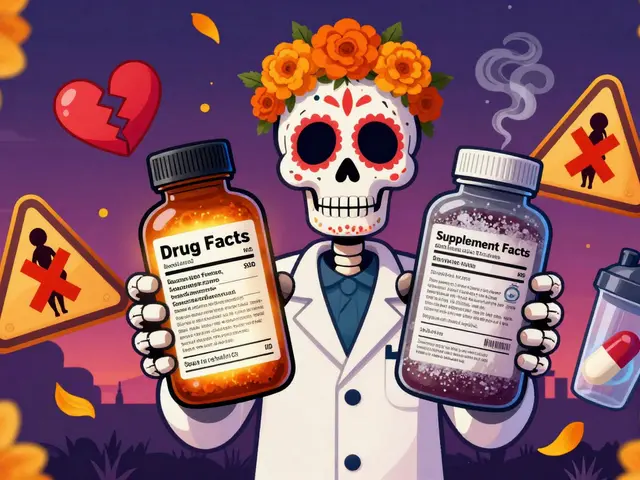
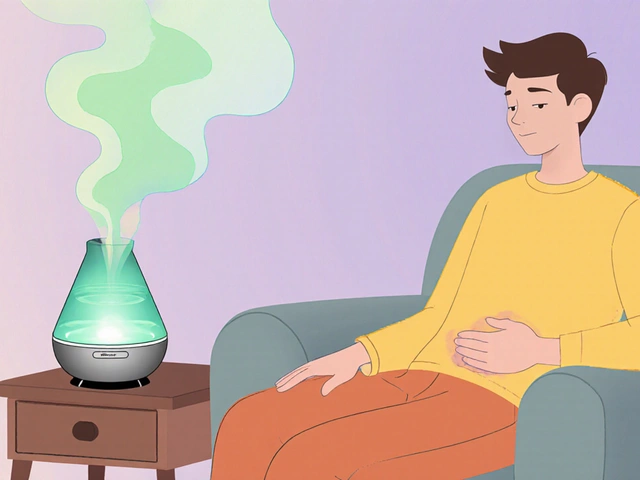
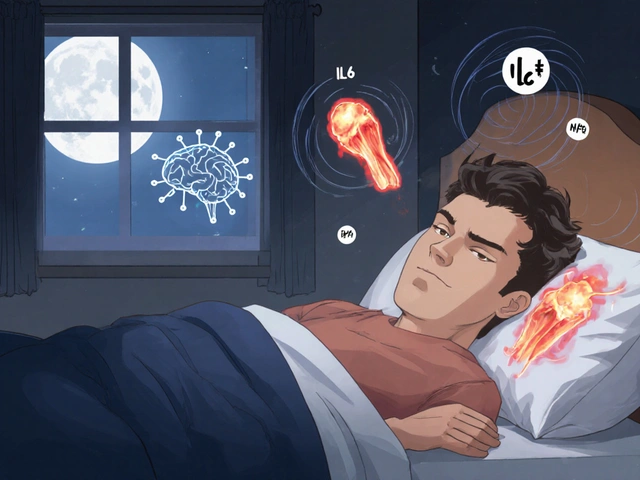
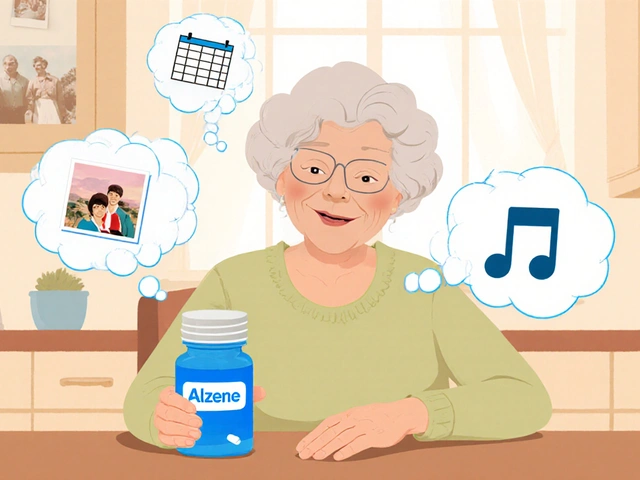
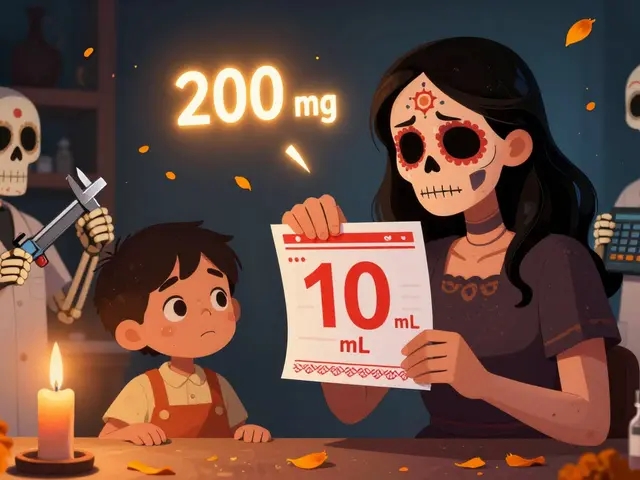
There are 15 Comments
Imogen Levermore
Chris Dockter
Gordon Oluoch
Tyler Wolfe
Neil Mason
Andrea Gracis
Matthew Wilson Thorne
April Liu
Emily Gibson
Mirian Ramirez
Herbert Lui
Nick Zararis
Rebecca Breslin
Kierstead January
Kika Armata
Write a comment
Your email address will not be published. Required fields are marked *